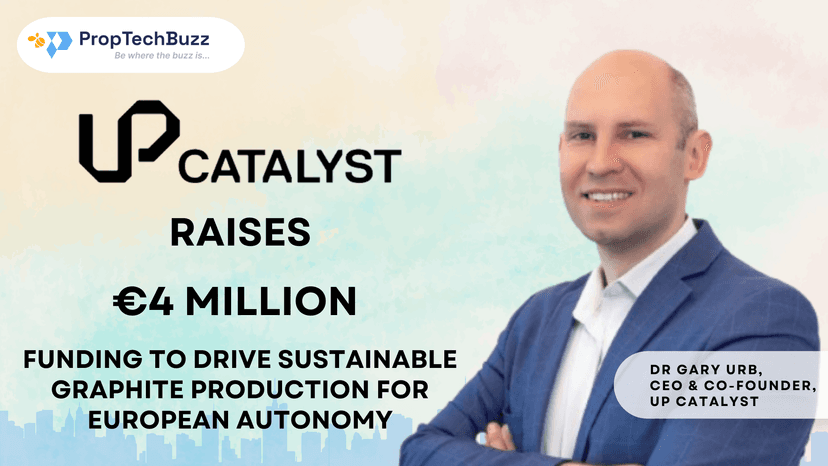UP Catalyst Secures €4 Million Funding to Drive Sustainable Graphite Production for European Autonomy

Estonian startup UP Catalyst has successfully concluded a €4 million seed round, propelling its mission to produce green graphite from CO2 emissions. This funding arrives at a pivotal moment as Europe seeks local alternatives for battery raw materials following China’s graphite export restrictions.
Neutral and Clear Content:
Estonian startup UP Catalyst, specializing in sustainable carbon material production from CO2 emissions, has closed a €4 million seed round. This investment supports the advancement of its groundbreaking technology amid the growing demand for sustainable solutions in carbon reduction.
In response to China’s recent limitations on graphite exports, UP Catalyst plans to construct an industrial pilot reactor capable of transforming 100 tons of CO2 annually into 27 tons of carbon materials. This move positions Estonia as a key player in Europe’s pursuit of strategic autonomy, complementing its recent €100 million magnet factory in Narva.
The upcoming reactor, with a tenfold production capacity increase, is a significant milestone before the establishment of a full-scale industrial reactor unit. UP Catalyst aims to become the world’s leading supplier of green graphite.
The funding round, led by Berlin-based climate tech VC fund Extantia and supported by Estonia’s state fund SmartCap, also sees the continued involvement of existing investors Sunly, Little Green Fund, Scottish Baltic Invest, and UniTartu Ventures.
Yair Reem, Partner at Extantia, emphasized UP Catalyst’s role in redefining graphite production methods and addressing the global demand for battery manufacturing. Gary Urb, CEO of UP Catalyst, expressed excitement about the funding, highlighting the potential to cover a significant portion of the EV battery market’s yearly carbon needs in Europe.
With this support, UP Catalyst is poised to revolutionize European battery production by replacing fossil-based graphite, potentially averting up to 118.7 megatons of CO2 emissions annually by 2030.